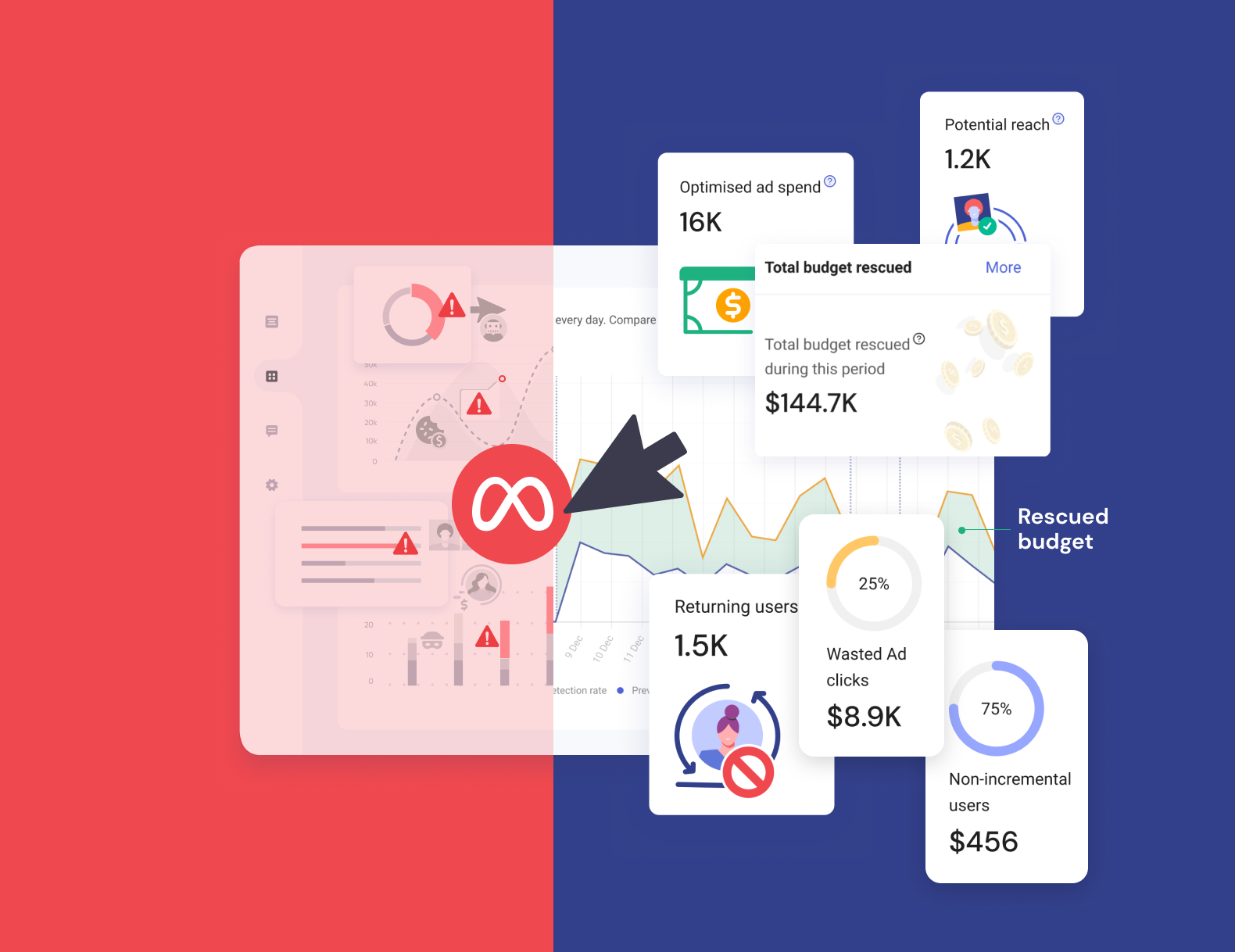The Ultimate FAQ on Google's Performance Max

Everything we’ve learned about Google Performance Max, two years on.
Two years on from its launch and by now even late-adopters should have at least heard of Google Performance Max: celebrated and hated in equal measure, it's a divisive platform. It was clear to us from the start that while there were definite positives, Performance Max was sorely lacking in certain areas; some of which have since been addressed, and some of which haven’t.
Rather than sitting around waiting for Google to do something about it (unlikely), or simply shaking a fist at the clouds in despair (crazy behaviour), we’ve spent the past two years diligently working on our own solutions. A by-product of this meticulous research, planning and engineering phase, is that we now consider ourselves to be completely experts in the world of Performance Max; its ins and outs, benefits and pitfalls. It felt only right for us to share this knowledge. You’re very welcome.
What is Performance Max?
Put simply, Performance Max is an AI-based campaign type within Google Ads which is designed to achieve a specific advertising goal: whether that’s the audience making a purchase or filling in a form.
The innovative feature of Performance Max is that it optimises the delivery of your ads using machine learning algorithms so that advertisers serve the most effective ads at the right time and place. Google will use all of its channel inventory - Display, YouTube, search, whatever it needs to - to meet your specific campaign goals.
So how does Performance Max work?
Performance Max uses AI and machine learning technology across Google’s channel suite to set the parameters that previously would have been controlled by the marketer, such as bidding and budget optimisation. The advertiser is required to upload various assets including campaign creative elements, their daily budget cap, their price-per-conversion and the type of conversions that they’re looking to achieve such as video views, on-site engagements etc. Google will do the rest.
Campaigns are then served across all of Google’s channel inventory, and the results are reported back as an aggregate. Understandably this black box approach has vexed some marketers who feel like they’re no longer in control of their own campaigns. With not many insights also available on performance. We have to say, we’re inclined to agree.
What are the benefits of using Performance Max?
If you believe what Google tells you, then campaigns run using Performance Max will deliver an average of 18% more conversions than previously, with a similar cost per action. It’s hard to argue with numbers like that. This increased efficiency will help your ad budget to go further thanks to Google’s automated ad placement and bidding strategies, but it isn’t without its issues. The aforementioned black box - and resulting lack of transparency - mean that you’re basically taking it on trust that Google is making the right decisions, with your ad budget, on your behalf. This is not necessarily the case.
When should I run a Performance Max campaign?
Performance Max campaigns work best when you have specific business goals in mind for your ad spend. This could be maximising campaign performance across channels or specific conversion goals such as increasing leads or sales.
Performance Max also works best when it's fed your existing CRM data, so it can use custom data audience signals which helps the algorithm your audience is and then figure out the best combination of assets it needs to use to reach them.
What are the drawbacks of using Performance Max for my ad campaigns?
Lack of transparency
We’re starting to sound like a broken record here, but the lack of available transparency around where ads are shown, and which channel types receive what percentage of impressions/clicks/conversions is a big problem for performance-driven marketers.
Financial risks
Without comprehensive insights into the algorithms' decision-making, advertisers may find themselves funding ad placements in poorly performing and less desirable channels. They may also be exposed to financial risks and a diminished ROAS as budgets become drained rapidly without any real understanding why.
Privacy concerns
This lack of transparency can also have negative effects beyond just the performance of your campaigns. Recent reports suggest YouTube ads are being served across child-focused content across the platform, children who click on the ads (intentionally or not) are then tracked across the internet by the advertiser—a huge breach of child privacy laws. As Performance Max does not disclose the exact placements of its ads, advertisers have no way of knowing if they are tracking unsuitable audiences. Not only does this impact performance (as your retargeting pool can be clouded by irrelevant users) but makes businesses liable to legal action.
Video content requirements
Another potential drawback - depending on your point of view - is that as part of your asset group upload you need to include a video, or else Performance Max automation will generate video based on the other creative in your asset group.
This is to ensure all the channels that Google serves will be covered by content, and in reality, the auto-generated video is basically a slideshow accompanied by automatically selected music. Regardless of how clever the tech is, these videos won’t look as slick as the properly produced video content your competitors may be producing. Not a great look for you.
What if I can’t or don’t want to create my own videos?
Tough. It isn’t something you can opt out of at this stage. All is not lost, however…
Auto-generated videos
Google will create videos for you, based on your existing assets. Granted, these simple slideshows set to music will be unlikely to win any awards, and they may not convey your campaign messaging in the most polished and professional manner, but they will do the job.
As including a video is currently mandatory, if you don’t want to go down the auto-generated video route, it’s worth considering investing in creating your own videos to give you more control over your ads.
How can I stop paying Google for clicks and impressions that aren’t genuine?
Glad you asked. Our Performance Max solution includes detailed reporting on your campaign performance - far beyond what is offered by Google - to give you complete control of your ad budget. It also includes tools to prevent invalid traffic from eating into your ad budget, such as our audience targeting solution which diverts the AI algorithm away from poor-quality traffic.
A comprehensive channel breakdown of spending both in aggregate and as a percentage, along with detailed conversion performance data for each channel will help you more easily identify non-genuine engagements. Our propensity to convert algorithm monitors behaviour signals on ad engagements from traffic sources across all TrafficGuard-protected advertising and gives each a score of how likely it is to deliver valid traffic. This ensures that genuine traffic with the potential to deliver ROI isn’t caught in the crossfire.
How can I gain insight into my Performance Max campaigns?
Again, good question. And, again, the answer lies with TrafficGuard. As a global leader in ad fraud prevention software, we know a thing or two about the importance of transparency. We know the importance to advertisers of understanding their target audience, assessing the success of their strategies, and making data-driven decisions; all of which are stagnated when black box algorithms refuse to divulge data. Rather than simply complain though, we’ve gone and done something about it.
Two years in the making, our new Performance Max solution smashes open the black box to give advertisers the insights and data they need to make informed choices with their budgets.
At a glance, our Google Performance Max reporting dashboard shows:
- Where Google spent your Performance Max campaign budget
- A breakdown of invalid traffic at your Performance Max campaign level
- An overview of which are your best-performing channels: so you can quickly identify trends and optimise them
- If Performance Max is cannibalising your Search campaigns if you add brand exclusions
- How prevention from TrafficGuard positively impacts all your campaign types
To learn more about Performance Max, check out our related blogs:
Get started - it's free
You can set up a TrafficGuard account in minutes, so we’ll be protecting your campaigns before you can say ‘sky-high ROI’.
Subscribe
Subscribe now to get all the latest news and insights on digital advertising, machine learning and ad fraud.








